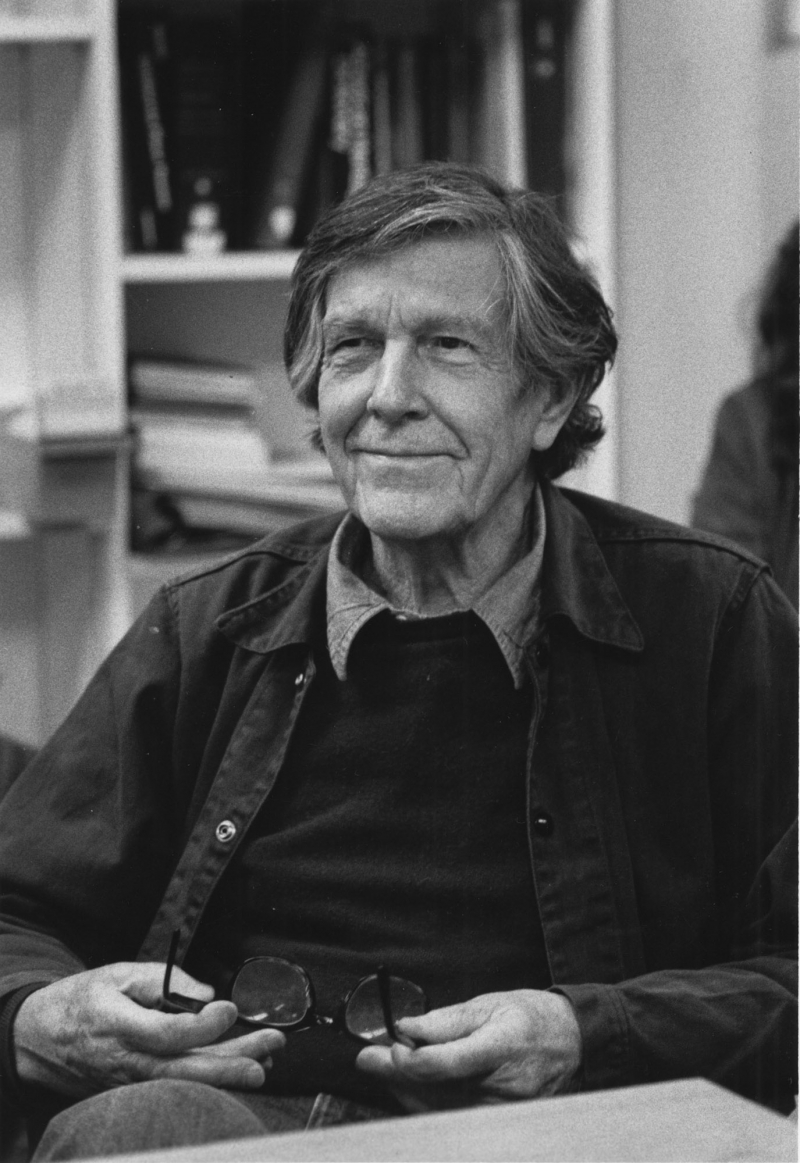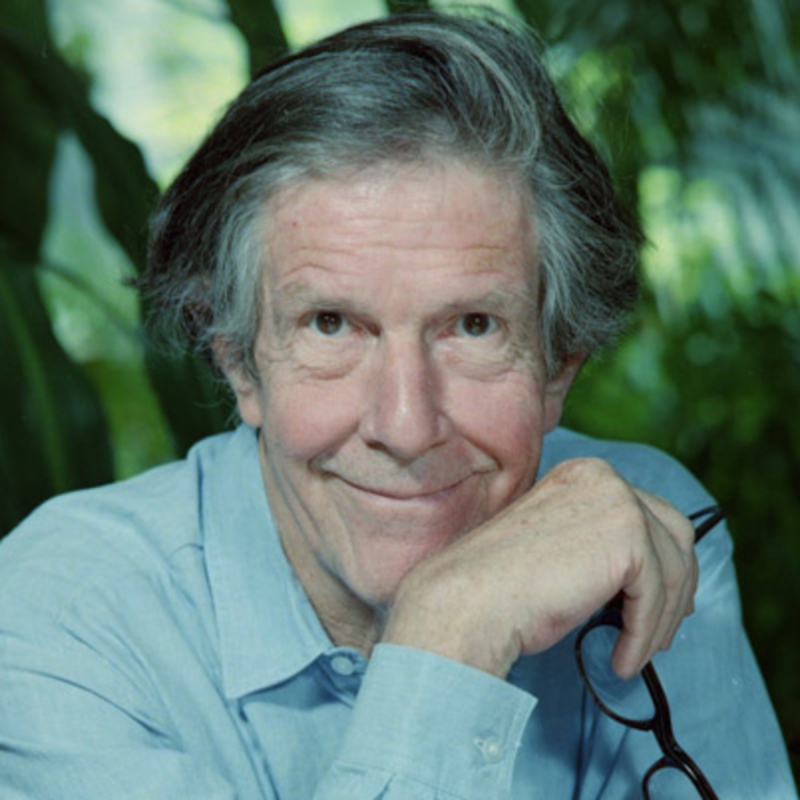John Cage
American composer and music theorist John Milton Cage Jr. was born in the United States. One of the key leaders of the post-war avant-garde, Cage pioneered the use of non-standard musical instruments, electroacoustic music, and indeterminacy in music. He has been hailed by critics as one of the 20th century's most important composers. His collaboration with choreographer Merce Cunningham, who was Cage's longtime love companion, had a significant role in the creation of modern dance.
Cage is most known for his 1952 composition 4′33′′, which is performed without any intentional sound and with the musicians doing nothing but being there for the entirety of the piece. Contrary to popular belief, the composition's subject is not "four minutes and 33 seconds of quiet", but rather the noises the listener hears while it is being performed. The piece became a hotly debated subject in musicology as well as the more general aesthetics of art and performance due to its challenge to presumptions about competence and musical experience. Cage also invented the prepared piano, on which he composed a number of works for dance as well as a few concert pieces. Sonatas and Interludes is the most well-known of them (1946–1948). He referred to music as "a purposeless play" that is "an affirmation of life" and "not an attempt to bring order out of chaos or to suggest changes in creation, but simply a method of waking up to the same life we're living" in his 1957 lecture, Experimental Music.
Detailed information:
Born: 5 September 1912
Died: 12 August 1992
Nationality: American
Notable works:
- Greek Ode, for voice and piano (1932)
- First Chapter of Ecclesiastes (The Preacher), for voice and piano (1932)
- Three Easy Pieces (1. Round in A minor, 2. Duo in G major, 3. Infinite canon in F minor), for piano (1933)
- Three Songs for voice and piano, (1932–33)
- Sonata for Clarinet (1933)









